
Patagonia refers to a geographical region that encompasses the southern end of South America, governed by Chile and Argentina. It has a population of 2 million and encompasses 402,734 square miles.
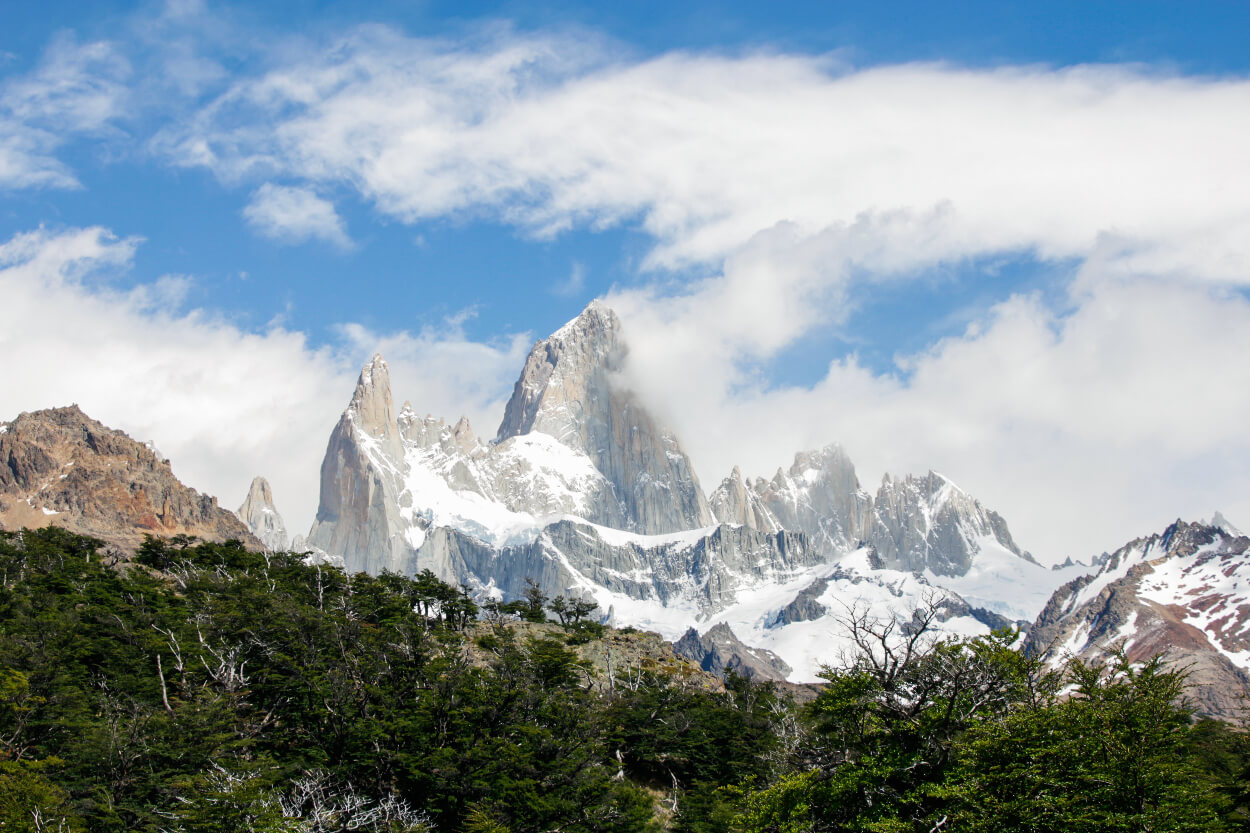
The region comprises the southern section of the Andes Mountains, lakes, fjords, and glaciers in the west, and deserts, tablelands and steppes to the east. Patagonia is bounded by the Pacific Ocean on the west, the Atlantic Ocean to the east, and many bodies of water that connect them such as the Strait of Magellan, the Beagle Channel, and the Drake Passage to the south. The Colorado and Barrancas Rivers, which run from the Andes to the Atlantic, are commonly considered the northern limit of Argentine Patagonia.
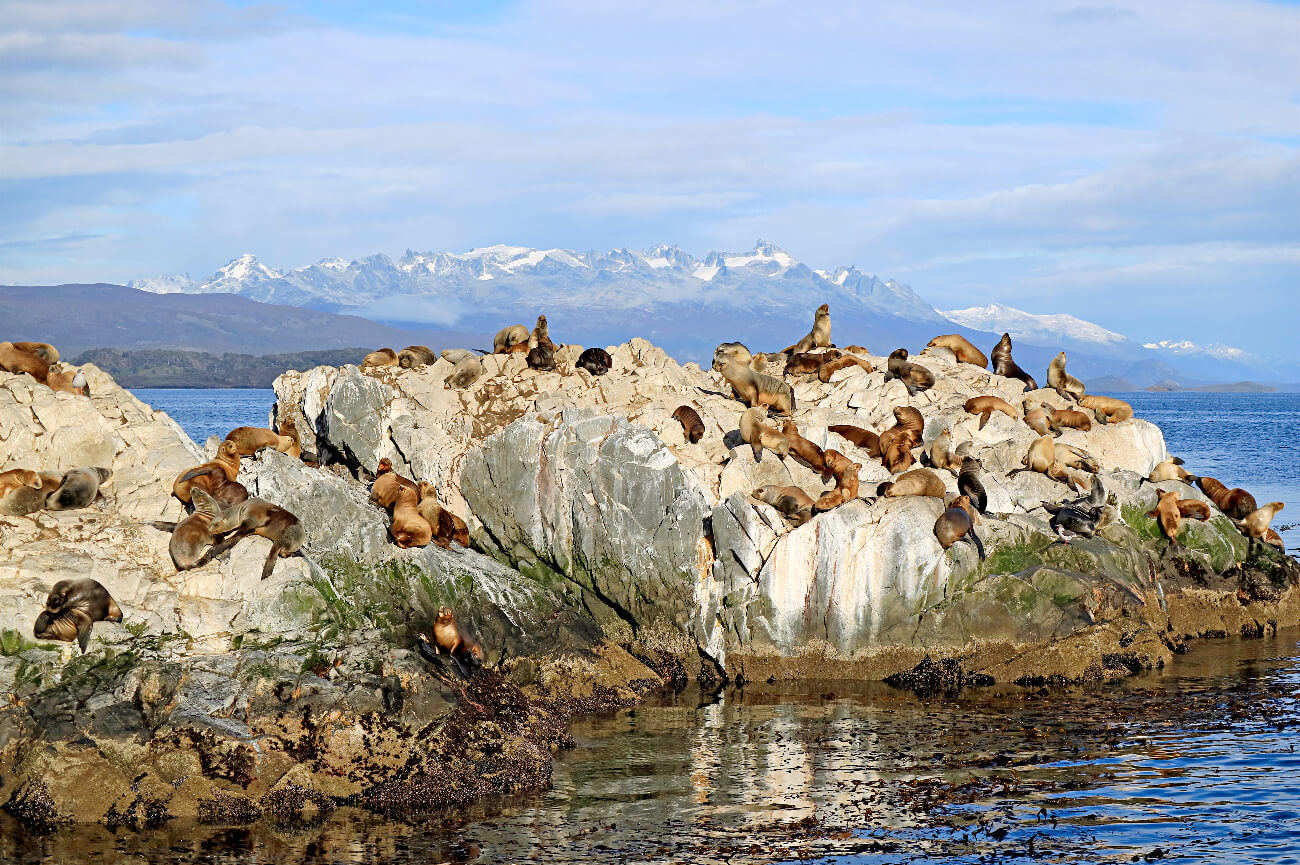
The archipelago of Tierra del Fuego is sometimes included as part of Patagonia. At the time of the Spanish arrival, Patagonia was inhabited by multiple indigenous tribes. In a small portion of northwest Patagonia, indigenous peoples practiced agriculture, while in the remaining territory people lived as hunter-gatherers, traveling by foot in eastern Patagonia, or by dugout canoe and dalca in the fjords and channels. In colonial times indigenous people of northeastern Patagonia adopted a horse riding lifestyle. While the interest of the Spanish Empire had been chiefly to keep other European powers away from Patagonia, independent Chile and Argentina began to colonize the territory slowly over the course of the 19th and early 20th century. This process brought about the decline of the indigenous population, whose lives and habitats were disrupted, while at the same time thousands of Europeans, Argentines, Chilotes and mainland Chileans settled in Patagonia.
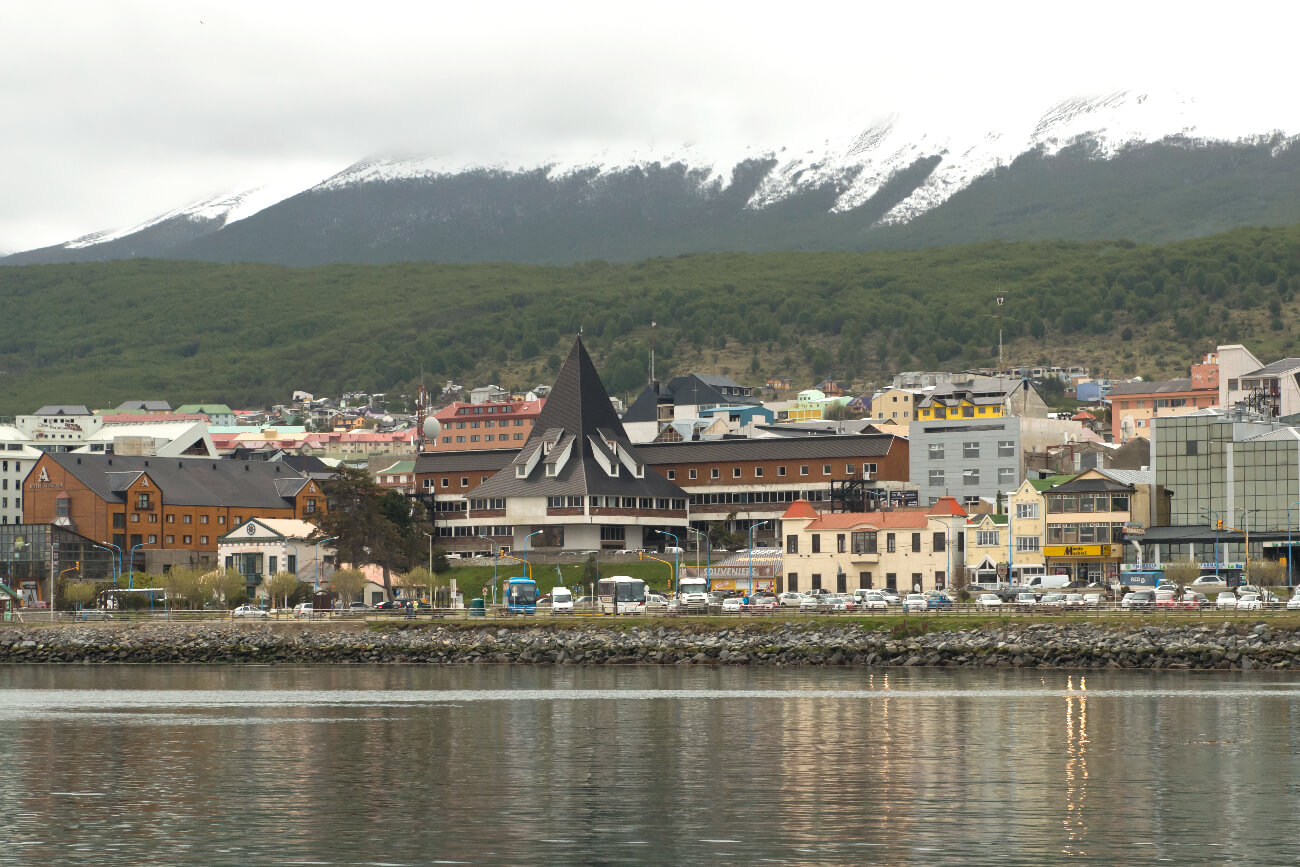
Border disputes between Argentina and Chile were recurrent in the 20th century. Except for the boundary along the Southern Patagonian Ice Field, all of these disputes have been settled. Today’s economy of eastern Patagonia revolves around sheep farming and oil and gas extraction, while in western Patagonia fishing, salmon aquaculture, and tourism dominate. Culturally, Patagonia has a varied heritage including Criollo, Mestizo, indigenous, German, Croat, Italian and Welsh influences.
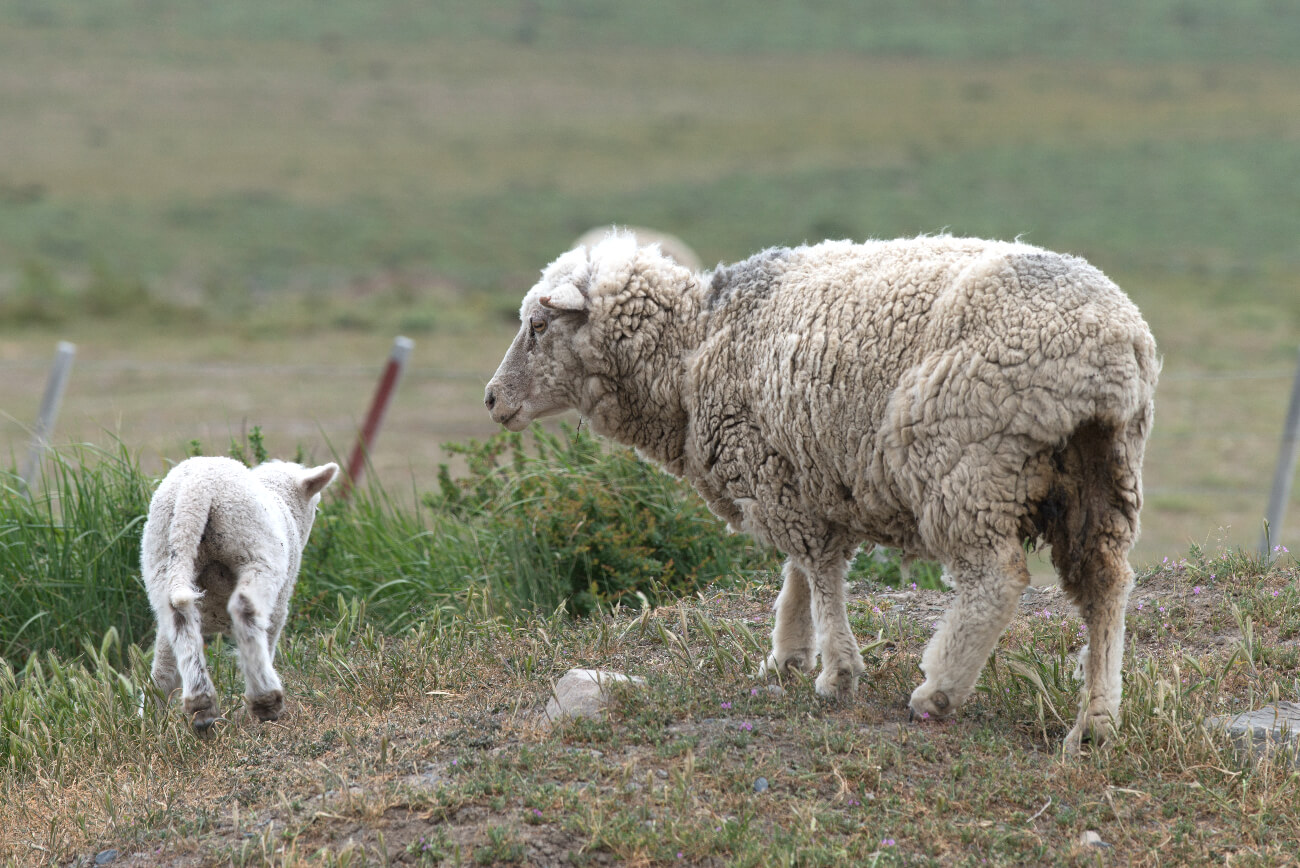
The climate is cool and dry with the east coast warmer than the west coast; especially in the summer. The region was initially inhabited around 13,000 BCE and continuously inhabited by 10, 000 BCE, after the Ice Age, by various cultures and continuous waves of migration. Towards the end of the 16th century the Mapuche speaking agriculturalists migrated from the western Andes into the eastern plains and then the south and gained control by utilizing their overwhelming and superior technology on the indigenous people and knowledge of warfare. They are the principal indigenous community today. The Europeans used the same conquest strategy to conquer and dominate the area today. In the second half of the 20th century upscale tourism developed and is now an important industry in Patagonia. Tourist groups include cruise ships rounding Cape Horn, Antarctic expeditions, visits to the Perito Moreno Glacier, the Valdes Peninsula and the Argentine Lake District. Purchases of handicrafts, preserves, and guanaco textiles are popular. A spinoff from tourism has been the purchase of large tracts of lands by celebrities such as Sylvester Stallone, Ted Turner and Christopher Lambert.
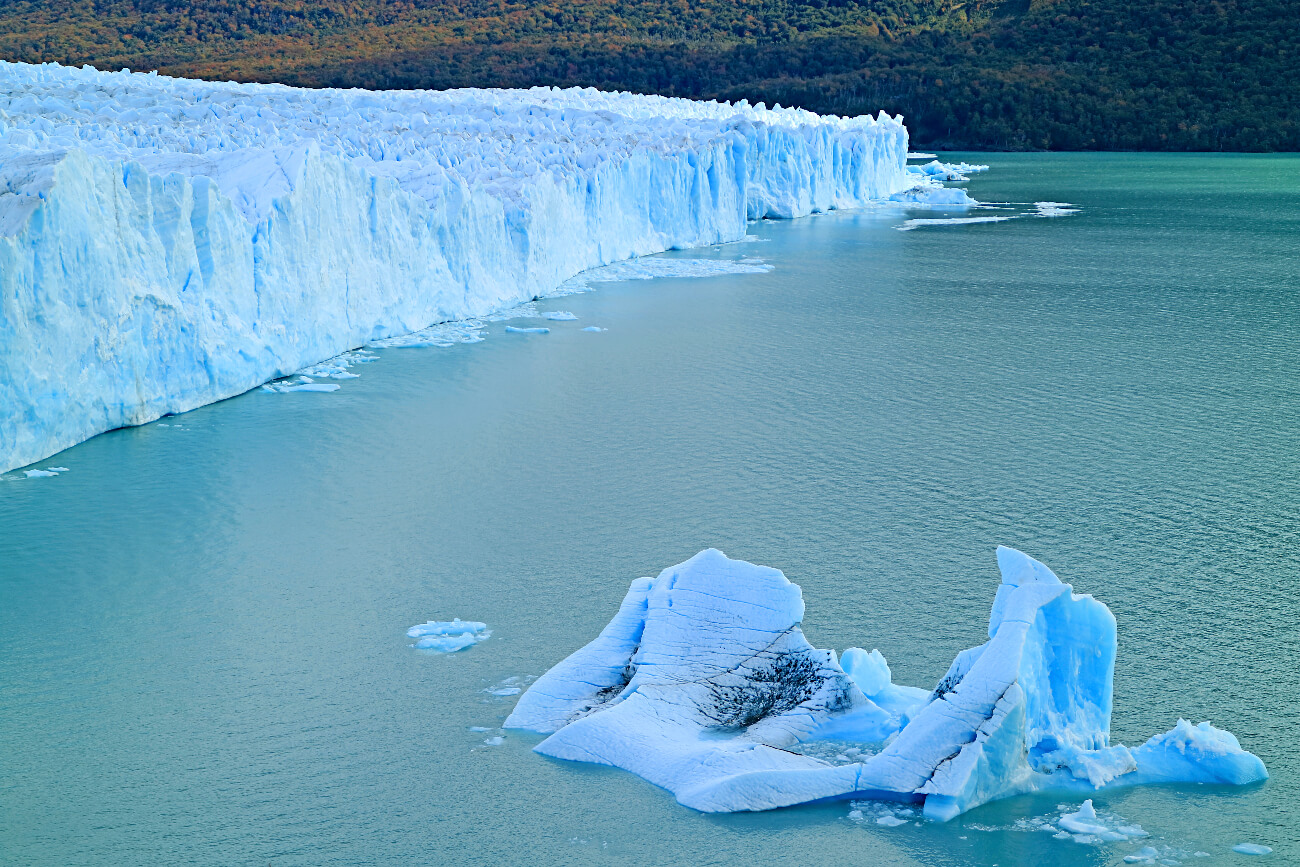
Fauna Mammals include Guanaco, Cougar, Patagonian Fox, Patagonian Hog-Nosed Skunk, and Magellanic Tuco-Tuco. Bird life abounds with the Crested Cara Cara, the Austral Parakeet, the Green Backed Firecrown, the Hummingbird and the Andean Condor. Waterfowl include the Chilean Flamingo, the Upland Goose and the Steamer Duck. Marine life features the Southern Right Whale, Magellanic Penguin, Killer Whale, and Elephant Seal. The Valdes Peninsula is a UNESCO World Heritage Site.
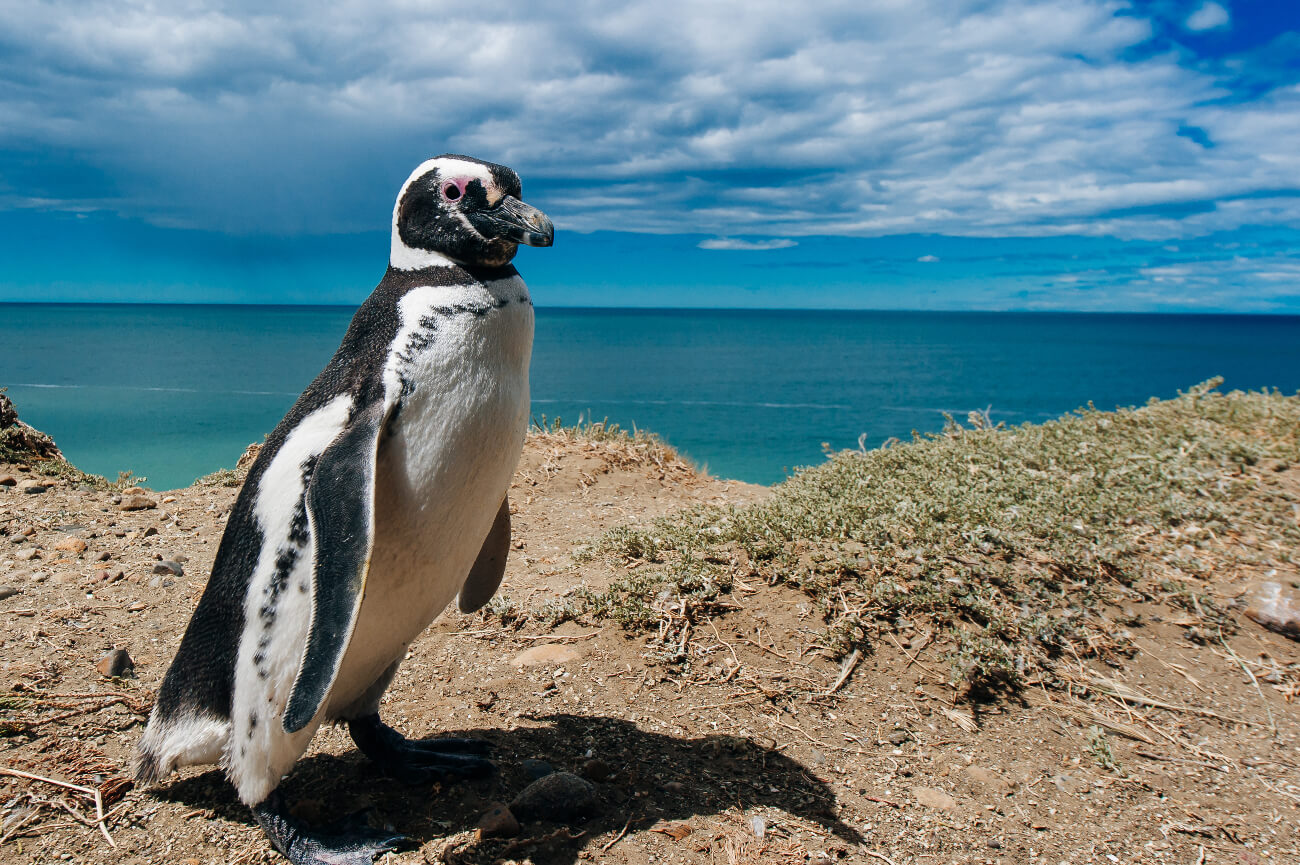
Flora from four regions:
1. Andean Desert: Cushion Plant, Devil’s Strawberry
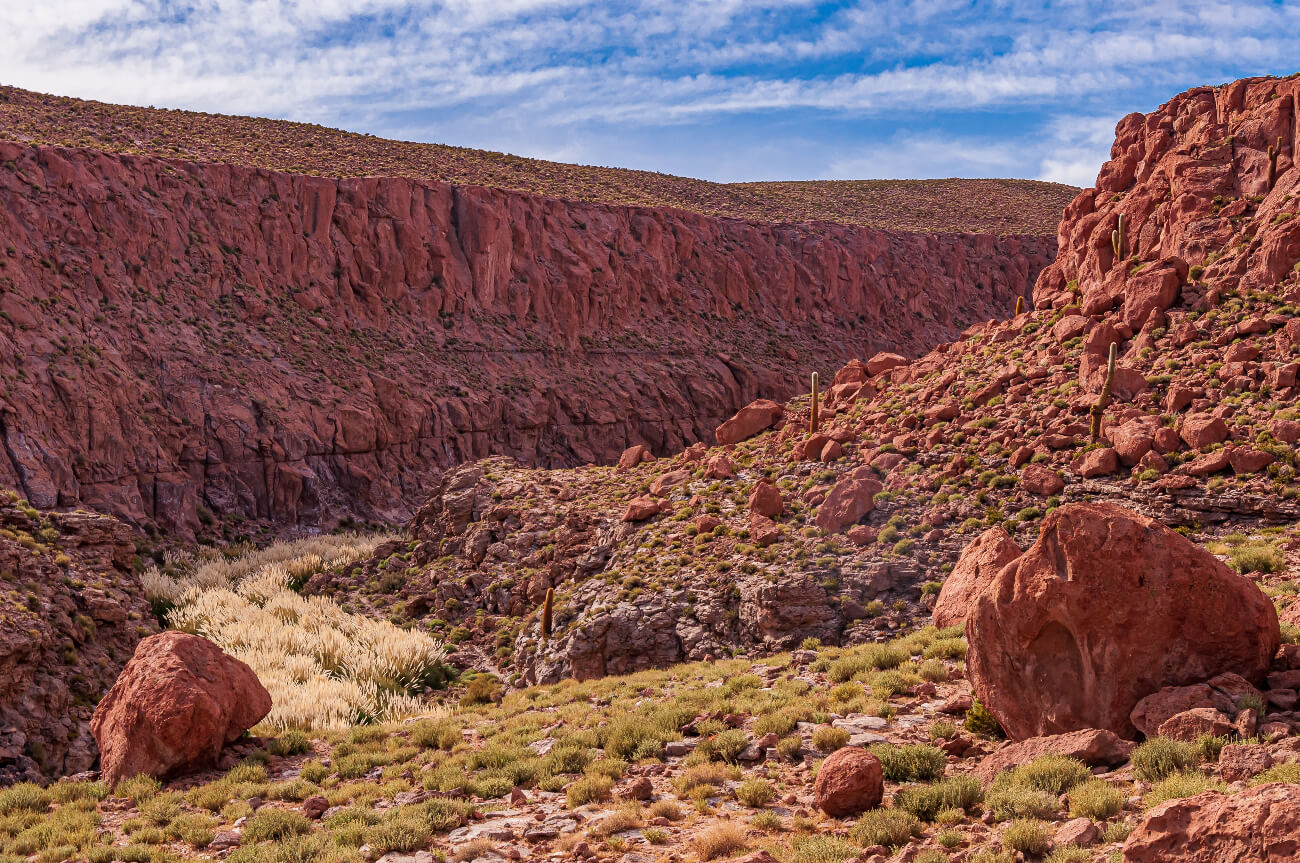
2. Patagonian Steppe: Black Shrub, Fachine, Streaked Maiden

3. Magellanic Deciduous Forest: Southern Beech, Winter Bark, Dog Orchid

4. Pre-Andean Shrubland: Chilean Fire Tree, Prickly Heath, Dwarf Barberry
Cuisine is similar to that of Buenos Aires featuring grilled meats and pasta with extensive use of local ingredients. Lamb is the traditional meat dish of Patagonia and is grilled over an open fire for several hours. Fondue restaurants and chocolate bars are big favorites and tea rooms are popular. Vineyards and wine bars, since the 1990’s, are becoming popular.

Circuito Chico Scenery and very good views
Parque Nacional Tierra del Fuego Southernmost part of Patagonia
Perito Moreno Glacier
Canal Beagle See penguins, sea lions and whales
Cerro Tronador A Park with stunning black glaciers
Route of the Seven Lakes
Peninsula Valdes Near whale watching
Playa las ConChillas Beaches
Cerro Torre Mountains
Isla Martillo Penguins’ mating grounds
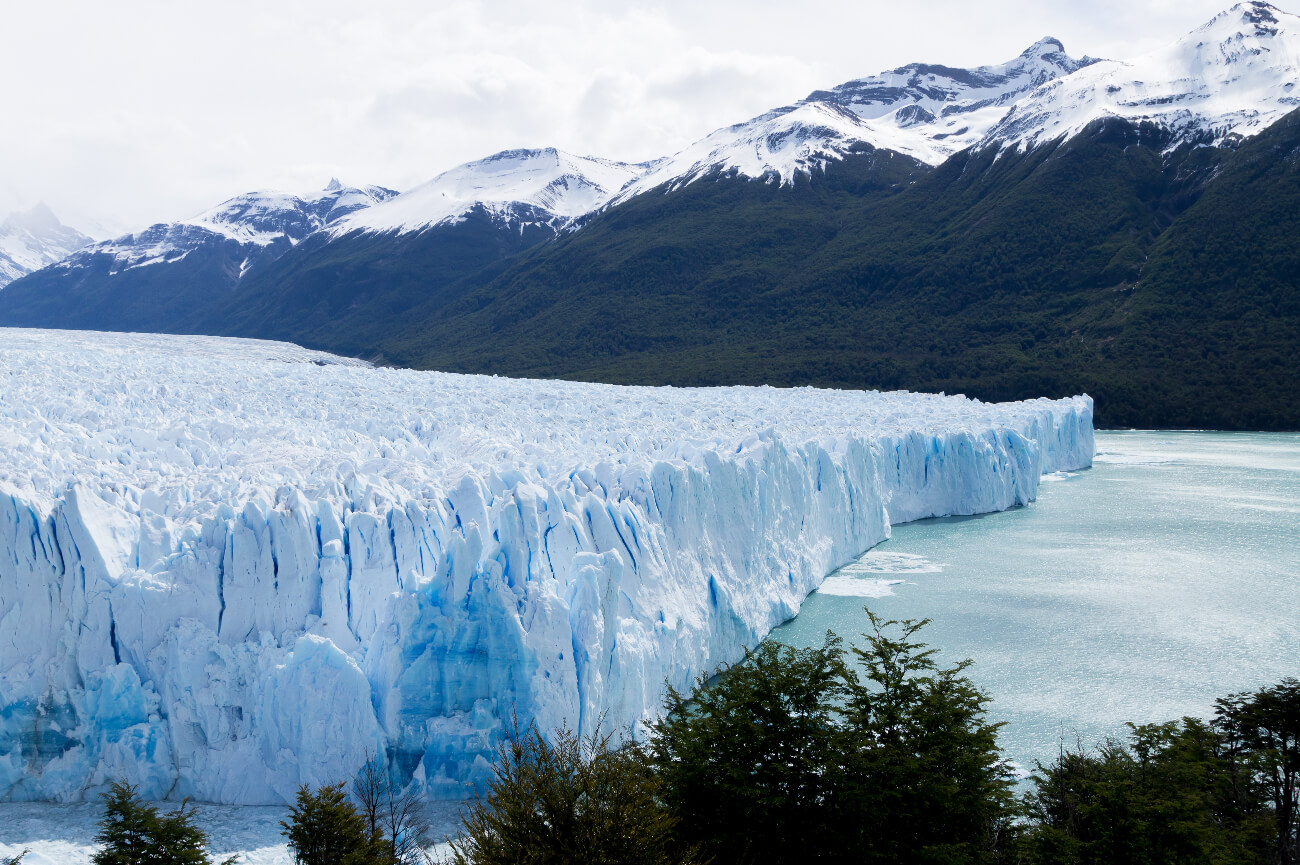
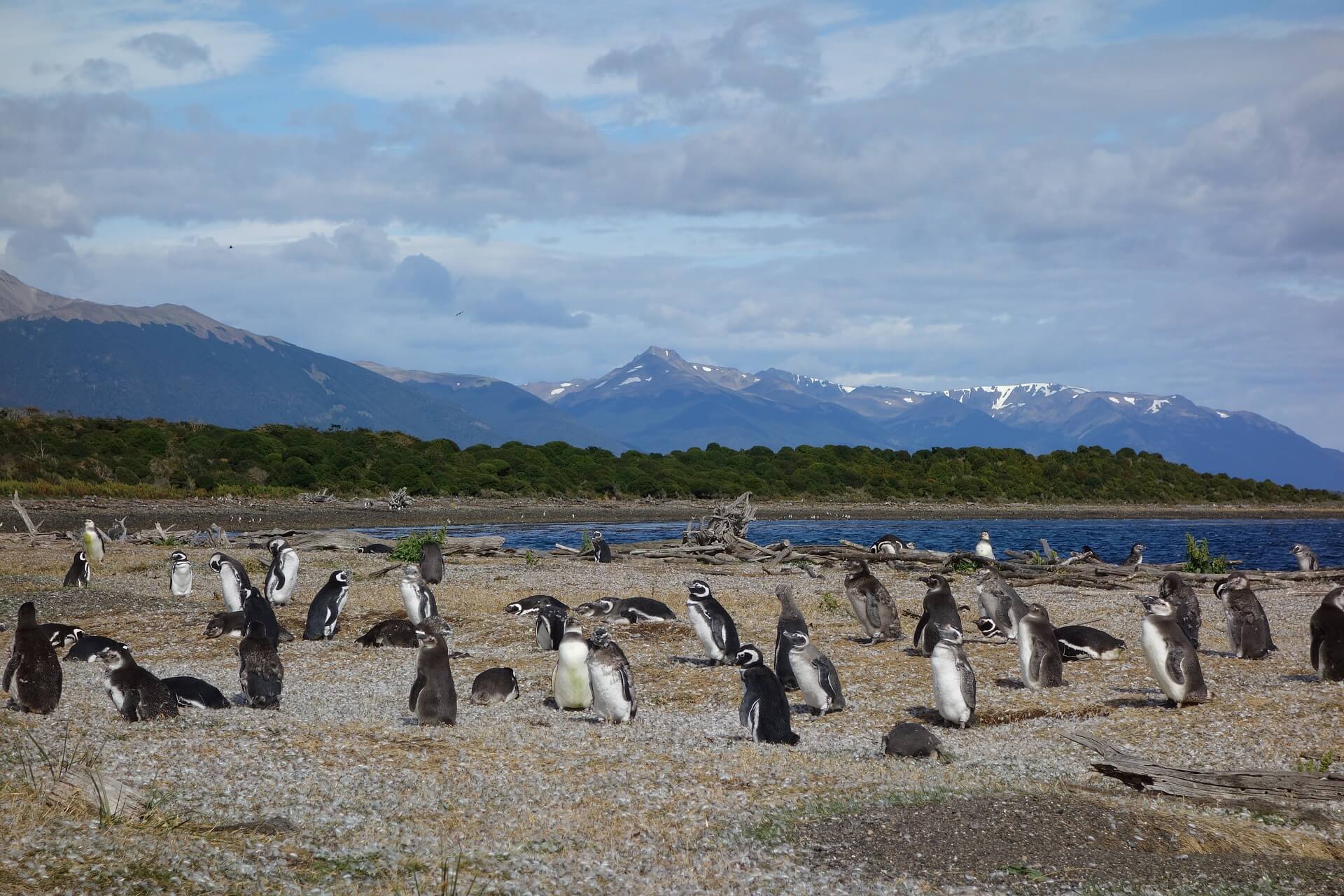
Beautiful Towns
Coyhaique, Chile Lying on a gorgeous river bed surrounded by majestic mountains.
El Chalten, Argentina For trekkers and hikers and is located within Parque Nacional Los Glaciares.
Ushuaia, Argentina The Southernmost city in the world with restaurants and waterfront cafes.
Bariloche, Argentina Picturesque-like a town in the Swiss Alps.
San Martin de los Andes A town that looks like a beautiful color picture on a postcard.
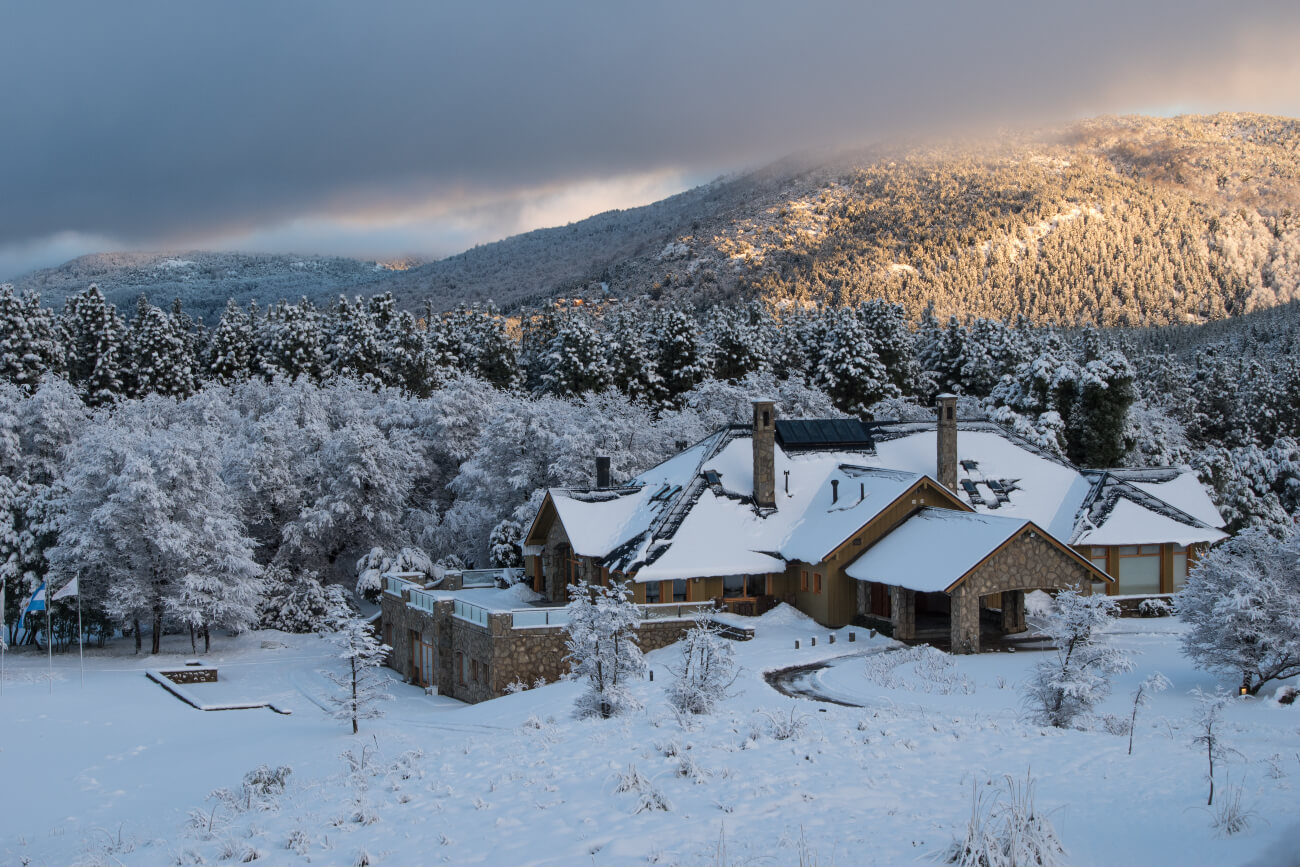
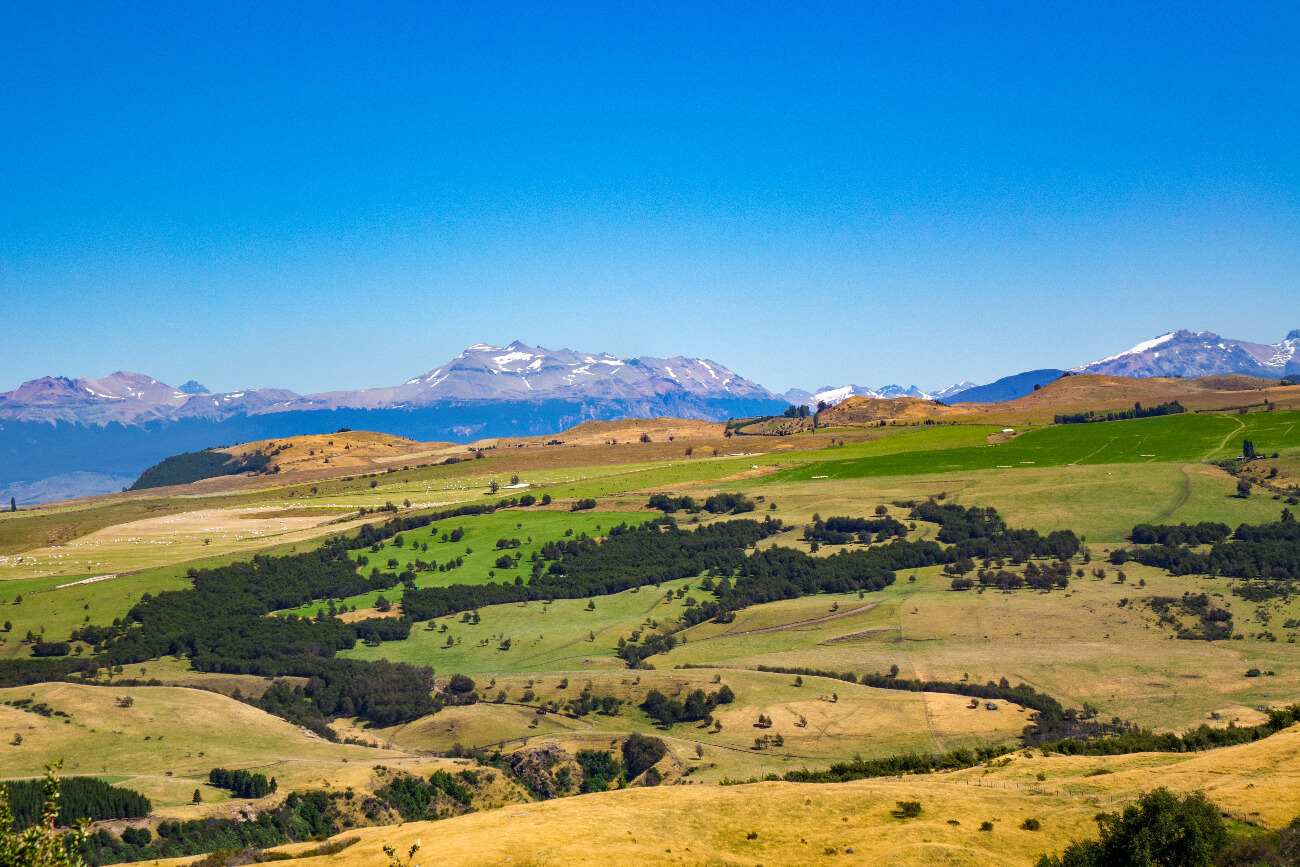
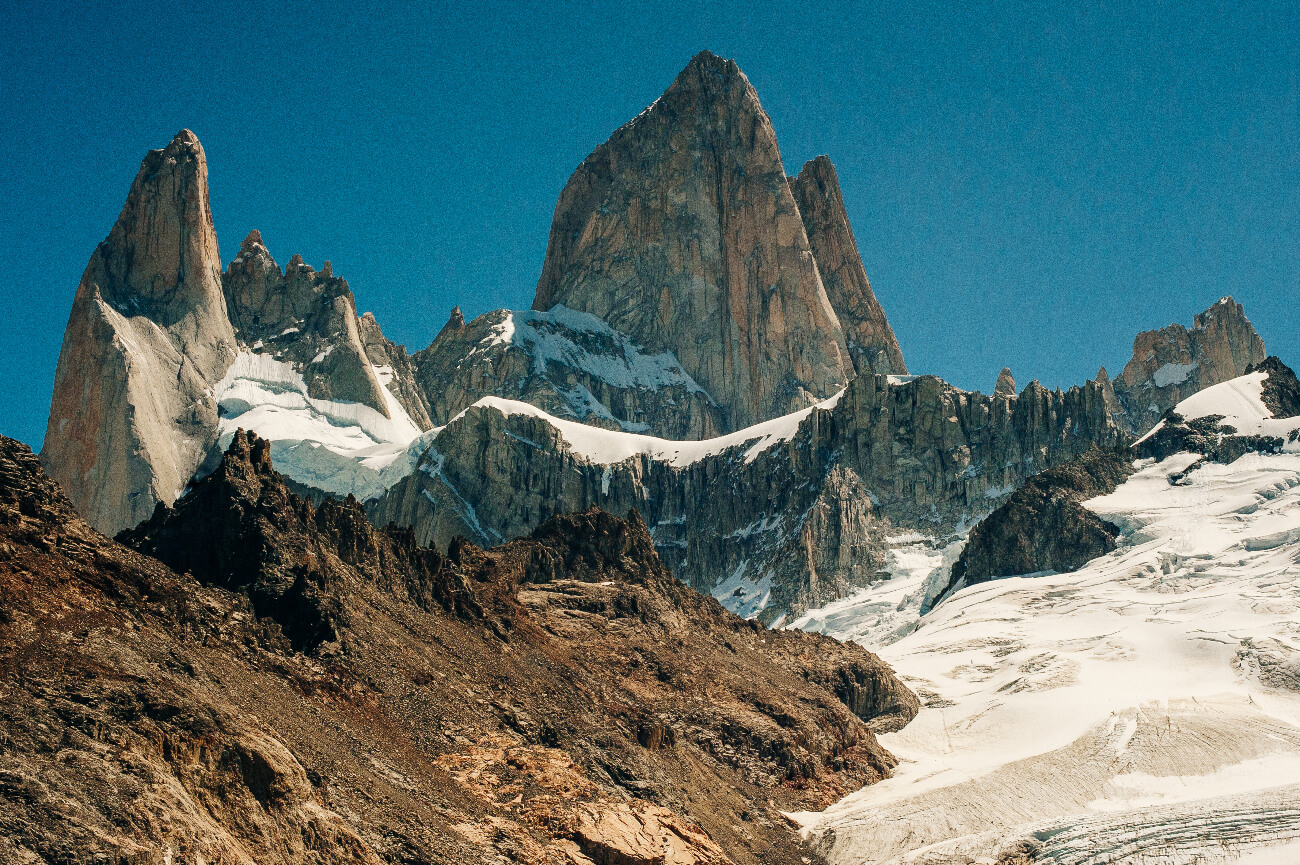
Cities
Neuquen, Argentina
Neuquen has a population of 378,000 and is the provincial capital and urban center of the area and is the hub of commerce and culture. It sits at a high altitude and has very cold winters and very hot summers and strong winds. It is surrounded by orchards.
Sites to see: walk along the Avenida Argentina to the Centennial Park and the Balcony of the Valley. Visit the Route of Wine, Apples and Dinosaurs in Dinosaur Valley
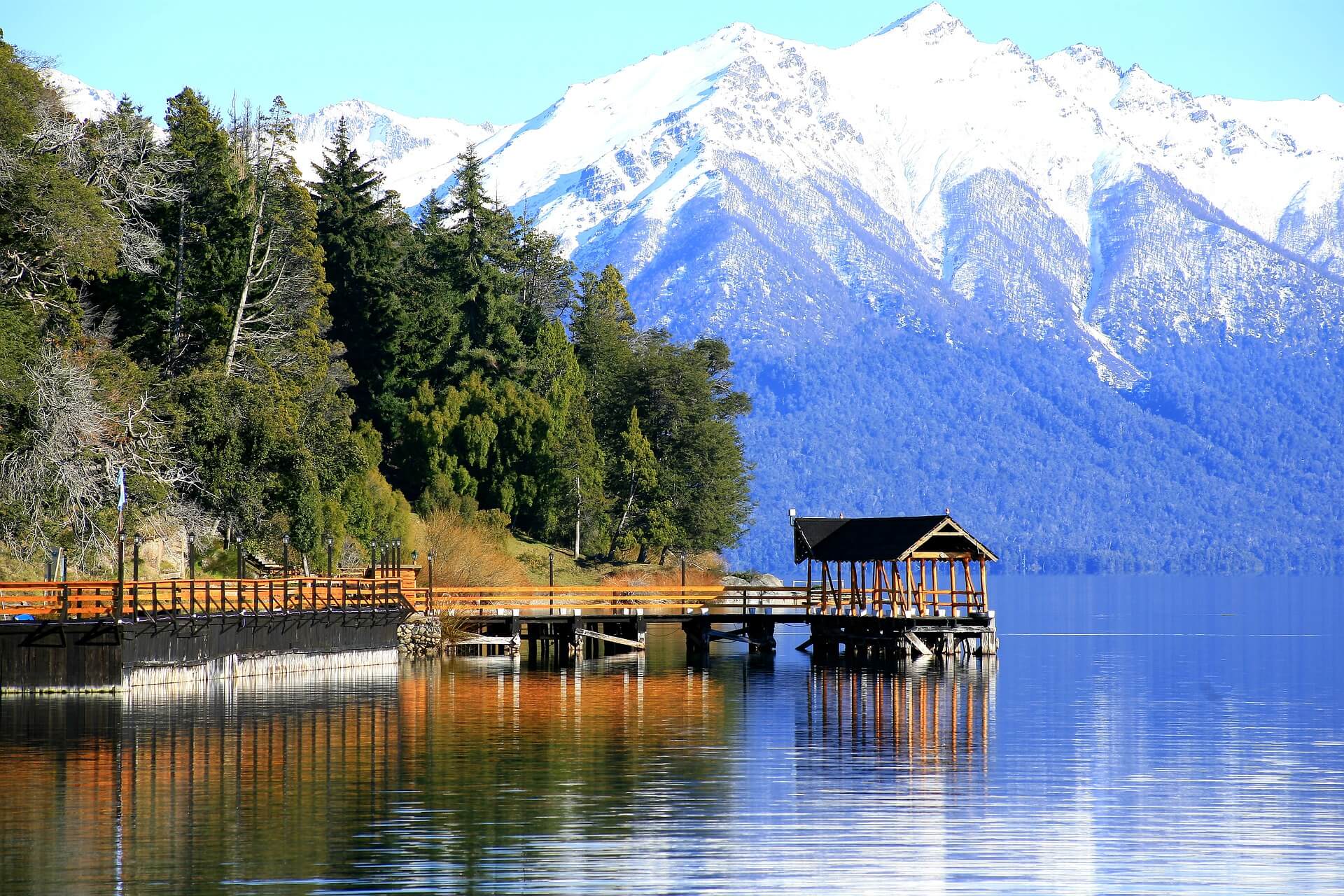
Temuco, Chile
Temuco has a population of 278,000. The city keeps alive the indigenous peoples traditions and culture and conserves the flora and fauna of Patagonia. It is about 500 miles from Santiago and is in the Lake Region of Patagonia.
Places to see: The Museo Regional de La Araucania, Monumento Natural Cerro Nielol, Parque Nacional Conguillio.
No Tour Found
No Tour Found